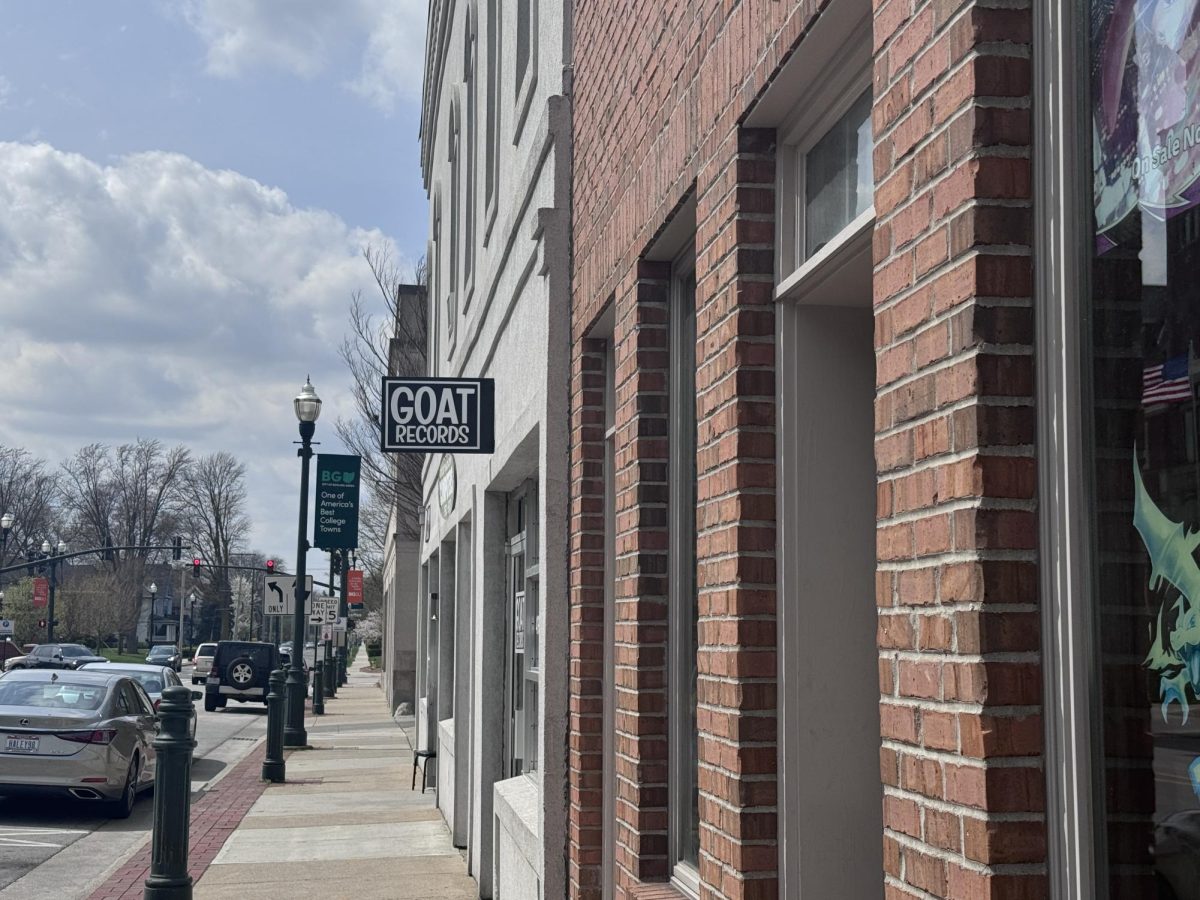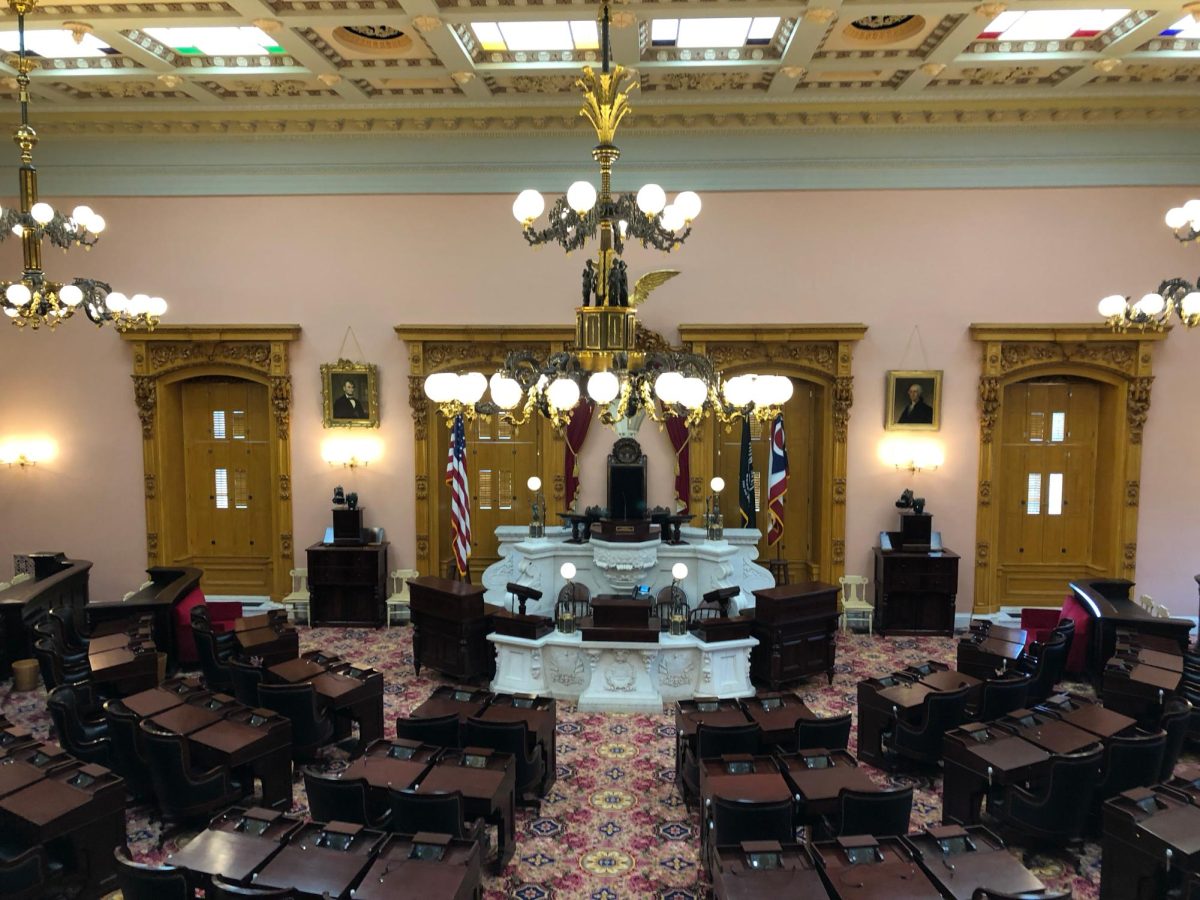The 2017 Ohio ballot box is set to become a battleground for the war on drug prices this Tuesday, Nov. 7.
Voters will be asked to consider the passage of Issue 2, an issue with language that will require the state of Ohio “to not pay more for prescription drugs than the price paid by the United States Department of Veterans Affairs.”
Currently, the VA is given a mandatory discount of 24 percent on medication purchases. For comparison, the state of Ohio has its own discount of 23.1 percent, a less than 1 percent difference.
Unlike the VA and Ohio, however, this issue means something different to residents of Bowling Green who will be walking into the ballot box.
The language of the issue mentions only one entity covered by the cost reduction: the state of Ohio.
What this means is any purchase of medication by Ohio, not an Ohioan, will be subject to the mandatory discount. This classification only includes state agencies, including the Ohio Department of Medicaid. It will not include Ohioans on private insurance.
The bottom line is about two-thirds of Ohioans will be directly unaffected by the issue.
Dale Butland, communications director for Ohioans Against the Deceptive Rx Ballot Issue, which campaigns for the “No” vote, mentioned cost shifting as a reason to vote against the issue.
“There is no way of telling how much individual cost will go up,” he said during a phone interview.
“What you can say is that if you tell a company, whether that company makes drugs, TVs or automobile(s), that they have to sell their product at a lower price, what happens to prices to everyone else? That’s the cost shifting.”
It is an economic principlein which an entity sells a product to one person at a higher price because another person bought it at a lower price.
“There is no such thing as a free lunch,” he said, “everybody pays.”
Dennis Willard, a spokesperson for the Yes On Issue 2 campaign, views things a little differently.
“If Ohio passes this,” he posits, “what are the other 7 or 8 million people going to do?”
He answered himself, saying they will demand the same discount, and private insurers will look to put pressure on the drug companies to give them the same price.
So will prices go up or down? It will all depend on the reactions from both people and drug companies.
If not the people, will the state save money? That is another point of contention between the two campaigns.
An often-quoted number for proponents of the issue is that the state will save $400 million dollars should the issue be adopted. This number comes from a “Yes” campaign-funded report by Maxwell Mehlman, director of the Law-Medicine Center at Case Western Reserve University School of Law. Patrick Murray, of the MetroHealth Center’s Center for Health Care Research and Policy, revised that estimate to somewhere between $164 million and $536 million.
Butland pointed to the official Ohio Budget and Management fiscal analysis of Issue 2, saying the saving will be, more realistically, lower.
The document say savings for Medicaid, the largest of the affected programs, are unlikely. It cites the 23.1 percent discount that Ohio already receives from drug companies and rebate money going back to a federal level for its estimation.
The amount of savings is determined by the thesis of Issue 2, how much the VA pays for medication.
Discounts of 24 percent and 23.1 percent are just the tip of the savings the VA and the state get. Each builds on their discounts by negotiating private contracts to lower the price even more. Those contracts, as stated in the OBM statement, “negotiated by the VA are considered confidential per the terms of the agreements with drug manufacturers.”
This confidentiality means the final prices are harder, and, in some cases, impossible, to find. Therefore, savings estimates are primarily unconfirmed estimates.
At the end of the savings debate is what happens to any money saved. The “No” campaign wages the savings would be put back into the state for administrative costs tied to the bill. The “Yes” campaign has a more favorable view, that the state would use the saved money to boost social programs and local government funds.
The last point of contention between the “Yes” and “No” campaigns is the second half of the issue’s text. The full second paragraph of the issue is dedicated to upholding the issue should it become law.
Unprecedented in other issues is the text establishing the petitioner’s “direct and personal stake in defending the law”, and requirement of the state to “pay petitioners’ reasonable attorney fees and other expenses”.
“What is reasonable for a California attorney may not be reasonable for the Ohio state taxpayer,” said Butland.
The petitioners, including Tracy Jones for the “Yes” campaign, have noted they expect the state to fund legal defensive action should the issue pass — according to Dennis during a phone interview, “If the state defends the law when the drug companies inevitably sue, we have no need for our own representation. The point is moot.”
The state of Ohio, however, would still have to pay court-related costs should the measure end up in a court.
The two campaigns have raised over $75 million dollars on this issue, the opposition campaign raising over three times as much as the supporting campaign. Both have backers tied to the pharmaceutical industry.
Citizens may vote on this issue Tuesday, Nov. 7. Issue 2 is only two paragraphs long, but it is a complicated two paragraphs requiring close reading.




















![The parents of Stone Foltz, Shari and Cory, sit with their legal team, as the final defendant in their sons hazing death didnt appear in court. [Feb. 29, 2024]](https://bgfalconmedia.com/wp-content/uploads/2024/03/IMG_1392-1200x900.jpg)


